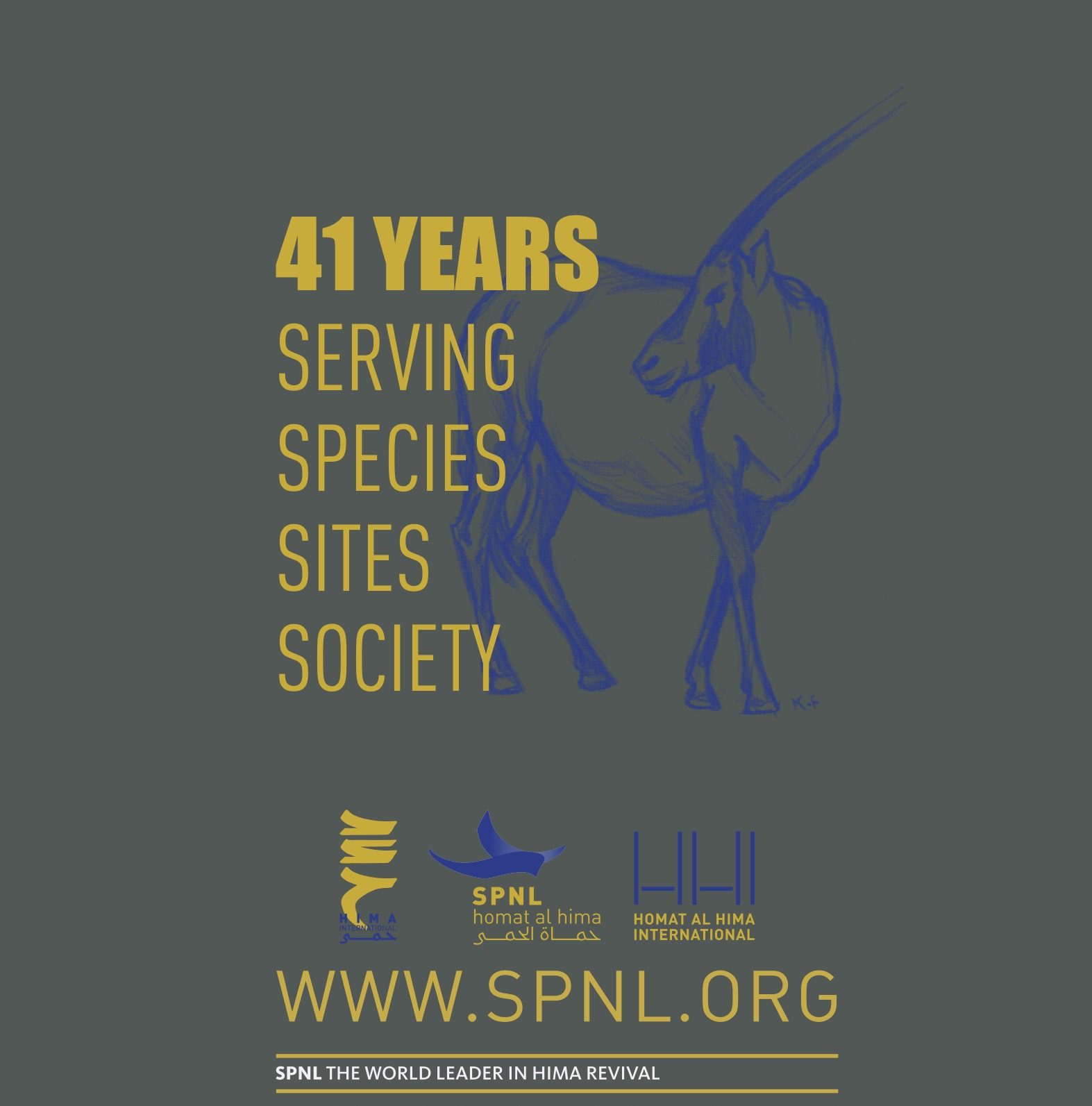On the slopes of Kneyseh Mountain, above the picturesque Lebanese village of Hamana, time stretches across millions of years. From the bustling souk and the sweet taste of cherries at the annual festival, to fossils dating back 90 to 120 million years, Hamana is a place where nature, history, and community come together in extraordinary ways.
Fossils from a Lost Sea
Exploring the high ridges of Hamana with his friends Jean Hatem and Chadi Saad, Majid Bechara uncovered remarkable fossil treasures: gastropods nearly 18 cm long and a perfectly preserved sea urchin fossil resting at 1,600 meters above sea level.
Each fossil carries a silent testimony: these mountains, now towering over Lebanon, were once submerged beneath a warm tropical sea teeming with life. Holding them is a humbling reminder of how fleeting our human journey is against Earth’s immense timeline.
In fact, Hamana is globally significant for paleontology. Until recently, only two species of Psychodoidea were known from Lebanese amber. Today, scientists have identified several new genera and species from the Lower Cretaceous amber of Hammana and Mdeirij, proving that this superfamily was as diverse 120 million years ago as it is today.

The Hima Tradition Revived
But Hamana’s story is not only written in stone. It is also alive in the Hima model — a centuries-old system of community-based conservation being revived today by the Society for the Protection of Nature in Lebanon (SPNL) and embraced by local people.
The Hima (Arabic for “protected place”) empowers communities to safeguard their commons: forests, water, wildlife, and landscapes. In Hamana, this means:
-
🌳 Protecting cedar forests and wildlife from illegal hunting.
-
🐦 Safeguarding migratory birds that soar over the ridges.
-
💧 Preserving water resources and springs in the Lertin Valley.
-
🦪 Protecting fossil sites as part of Lebanon’s natural heritage.
-
🎉 Linking eco-tourism, like the Cherry Festival and hiking trails, with sustainable development.
A Landscape of Memory and Stewardship
Walking through Hamana, one moves seamlessly between layers of heritage. In the souk, you find cultural pride. In the mountains, you find fossils from a lost ocean. In the forest, you hear birdsong protected by local guardians.
And at the heart of it all is the Hima — ensuring that Hamana’s treasures, both ancient and living, are preserved not only for scientists or tourists, but for the community that calls this place home.
A Model for the Future
Hamana is showing Lebanon, and the world, that conservation can be rooted in tradition while facing modern challenges. Fossils remind us of the deep past. The Hima ensures a sustainable future. Together, they tell a story of resilience — of a village that bridges time itself.
🌿 Hamana: Where fossils whisper of ancient seas, and the Hima protects the mountains for generations to come. 🌿






